Emergence of Flexible Displays
The Printed Electronics Device Market is on the cusp of transformation with the emergence of flexible display technologies. These displays, which utilize printed electronics, offer unprecedented versatility and design freedom, enabling applications in various sectors, including consumer electronics, automotive, and advertising. The flexibility of these displays allows for innovative product designs that were previously unattainable, such as curved screens and foldable devices. Market analysts predict that the flexible display segment will experience a robust growth trajectory, with estimates suggesting a compound annual growth rate of over 25% in the next few years. This trend is likely to drive the Printed Electronics Device Market as manufacturers invest in research and development to capitalize on this burgeoning opportunity.
Increased Focus on Energy Efficiency
The Printed Electronics Device Market is increasingly influenced by a growing focus on energy efficiency. As industries and consumers alike become more environmentally conscious, there is a rising demand for energy-efficient devices that minimize power consumption. Printed electronics offer unique advantages in this regard, as they can be designed to operate at lower voltages and with reduced energy requirements. This trend is particularly evident in sectors such as consumer electronics and automotive, where energy efficiency is paramount. The market for energy-efficient devices is projected to expand significantly, potentially reaching a valuation of several billion dollars within the next few years. This shift towards sustainability is likely to bolster the Printed Electronics Device Market as manufacturers adapt to meet these evolving demands.
Rising Demand for Wearable Technology
The Printed Electronics Device Market is experiencing a notable surge in demand for wearable technology. As consumers increasingly seek devices that offer convenience and functionality, the integration of printed electronics into wearables is becoming more prevalent. This trend is driven by the need for lightweight, flexible, and cost-effective solutions that can be seamlessly incorporated into clothing and accessories. According to recent estimates, the wearable technology segment is projected to grow at a compound annual growth rate of over 20% in the coming years. This growth is likely to propel the Printed Electronics Device Market, as manufacturers strive to innovate and meet consumer expectations for advanced features and enhanced user experiences.
Advancements in Smart Packaging Solutions
The Printed Electronics Device Market is witnessing significant advancements in smart packaging solutions. As industries such as food and pharmaceuticals prioritize product safety and traceability, printed electronics are being integrated into packaging to provide real-time data and enhance consumer engagement. This innovation allows for the development of packaging that can monitor temperature, humidity, and other environmental factors, ensuring product integrity. The smart packaging segment is anticipated to grow substantially, with projections indicating a market size increase of approximately 15% annually. This growth underscores the potential of printed electronics to revolutionize packaging, thereby driving the Printed Electronics Device Market forward.
Integration of Printed Electronics in Healthcare
The Printed Electronics Device Market is increasingly integrating printed electronics into healthcare applications. This integration is driven by the need for innovative solutions that enhance patient monitoring, diagnostics, and treatment. Printed electronics enable the development of flexible sensors and diagnostic devices that can be worn or adhered to the skin, providing real-time health data. The healthcare sector is projected to witness substantial growth in the adoption of these technologies, with estimates indicating a market expansion of over 18% annually. This trend highlights the potential of printed electronics to revolutionize healthcare delivery, thereby propelling the Printed Electronics Device Market as stakeholders seek to improve patient outcomes and streamline healthcare processes.



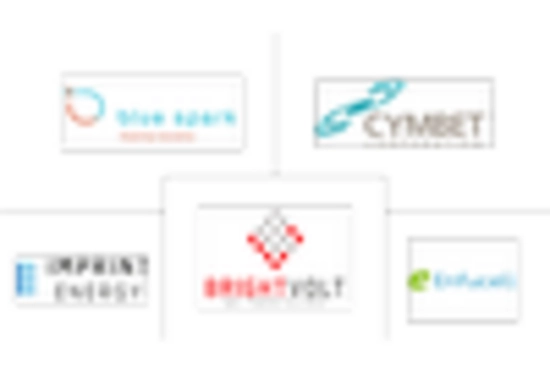
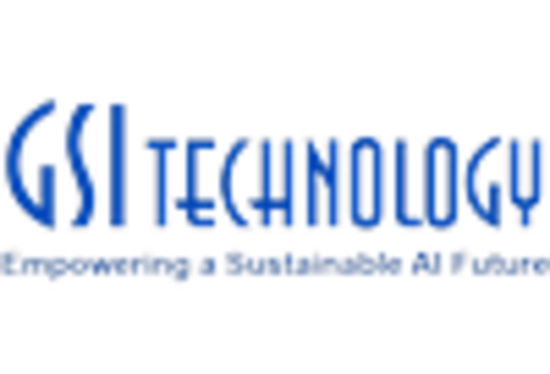
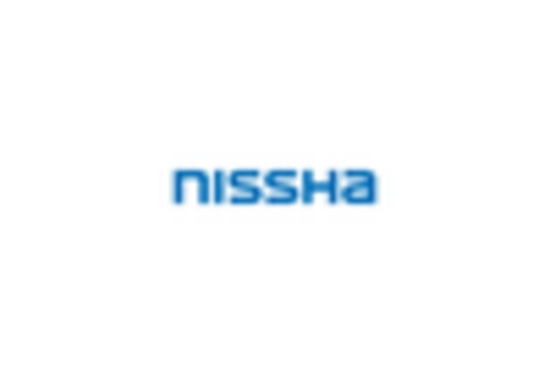
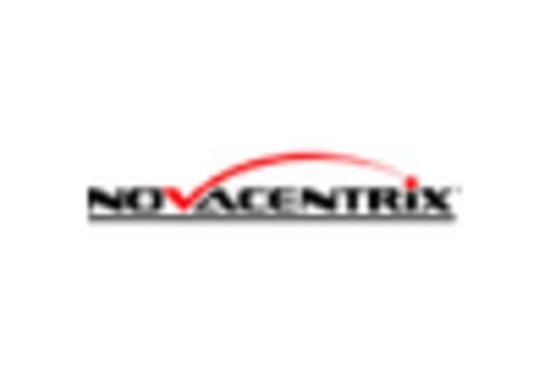
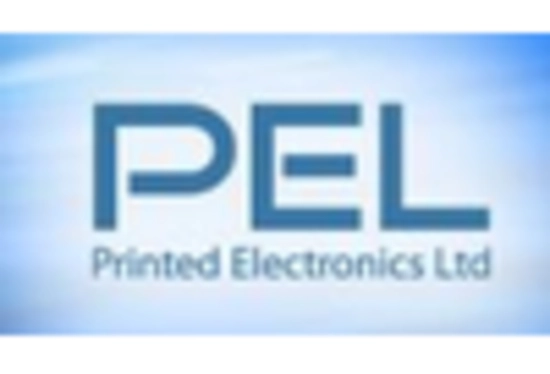
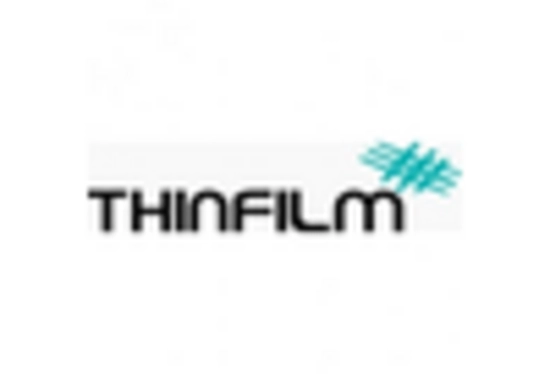








Leave a Comment